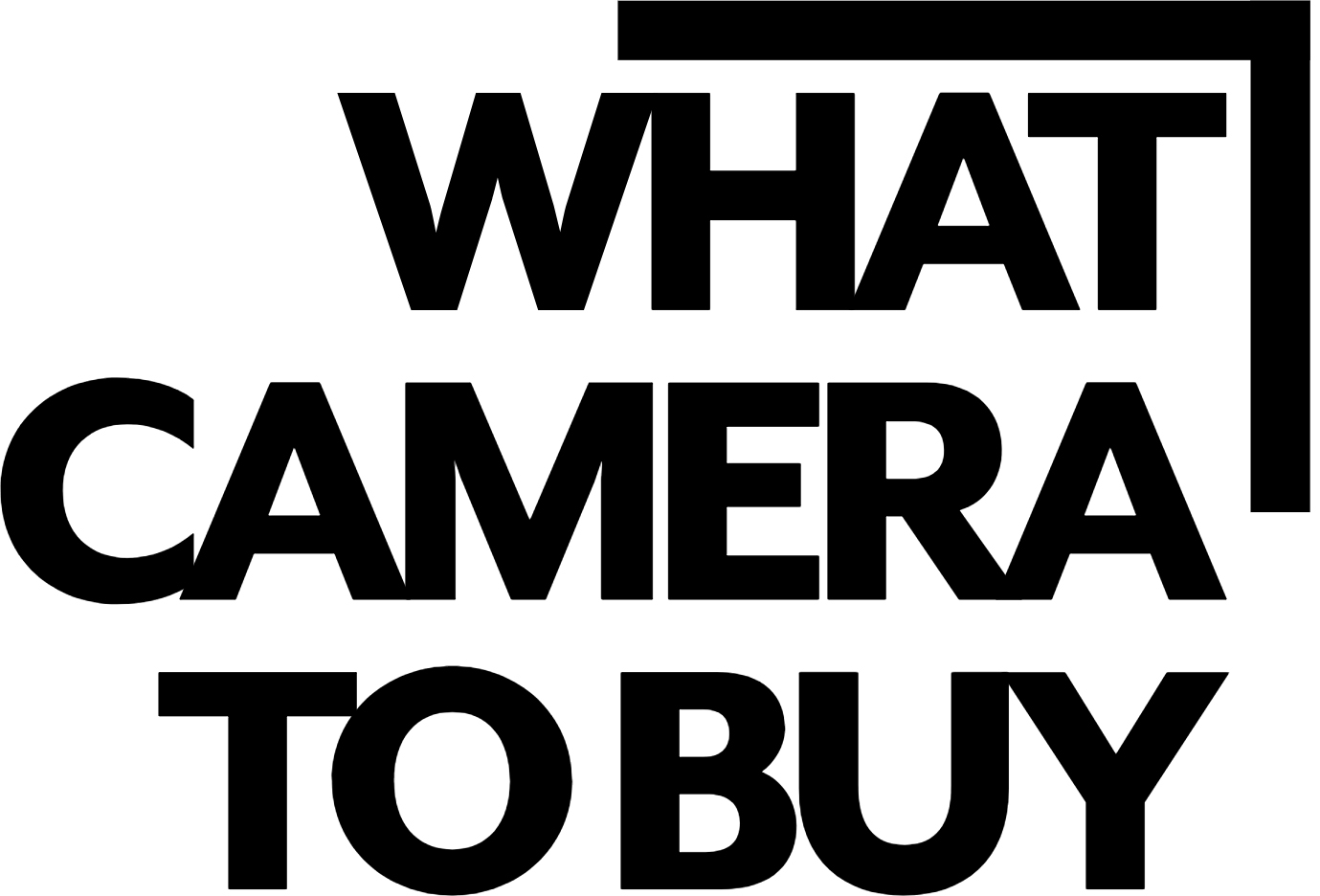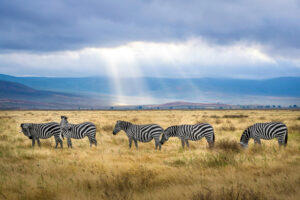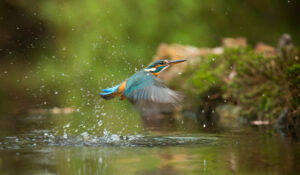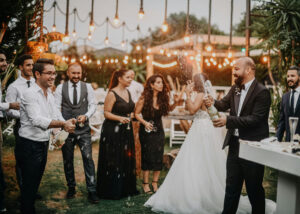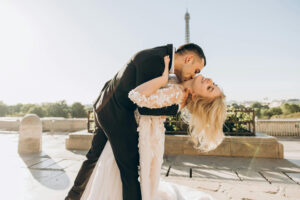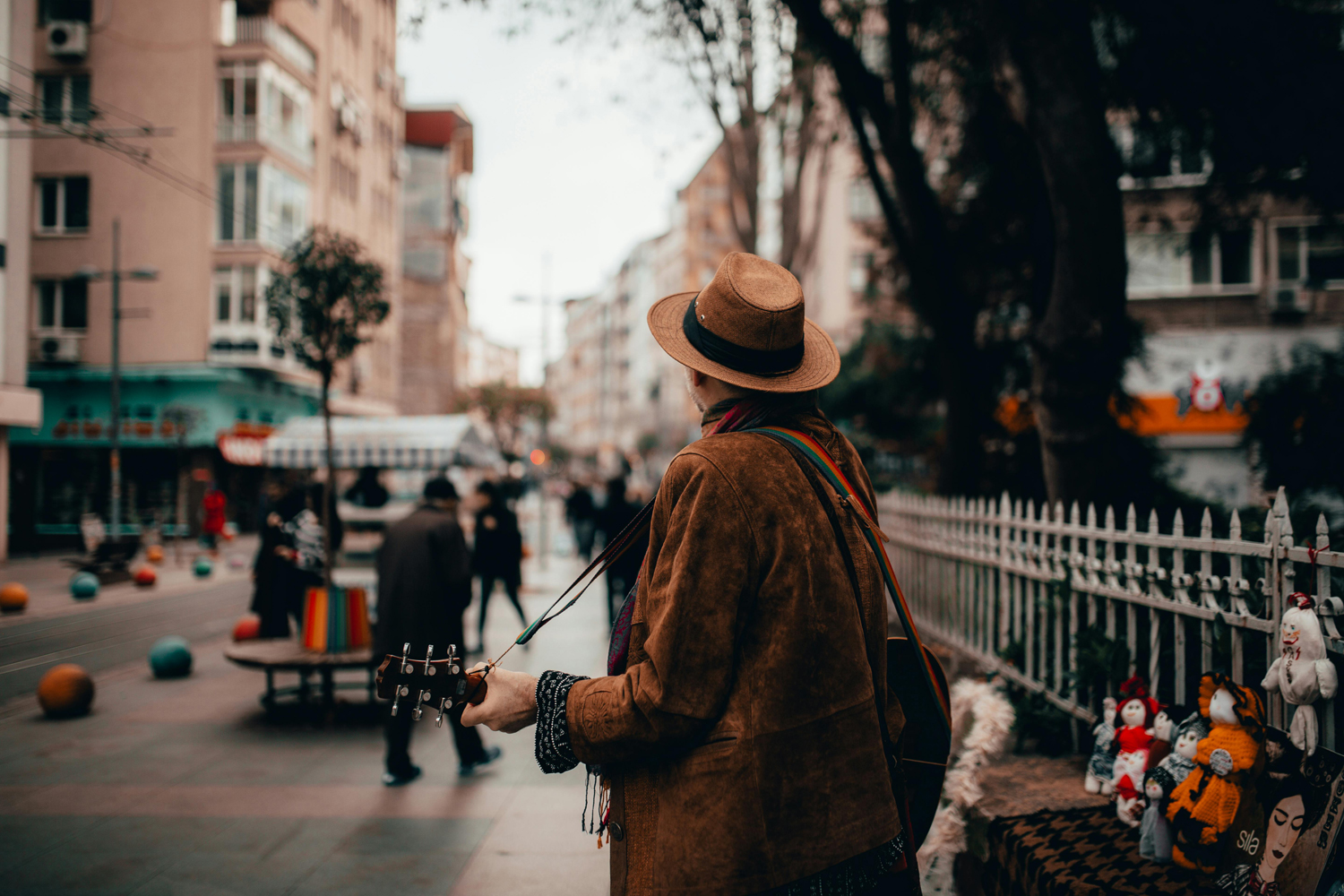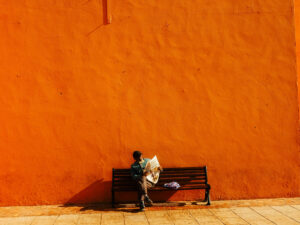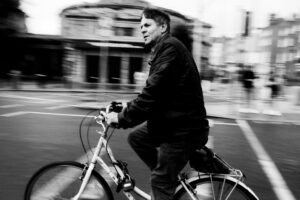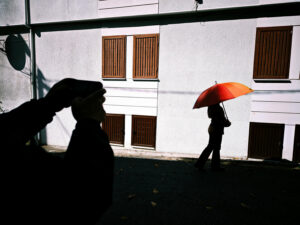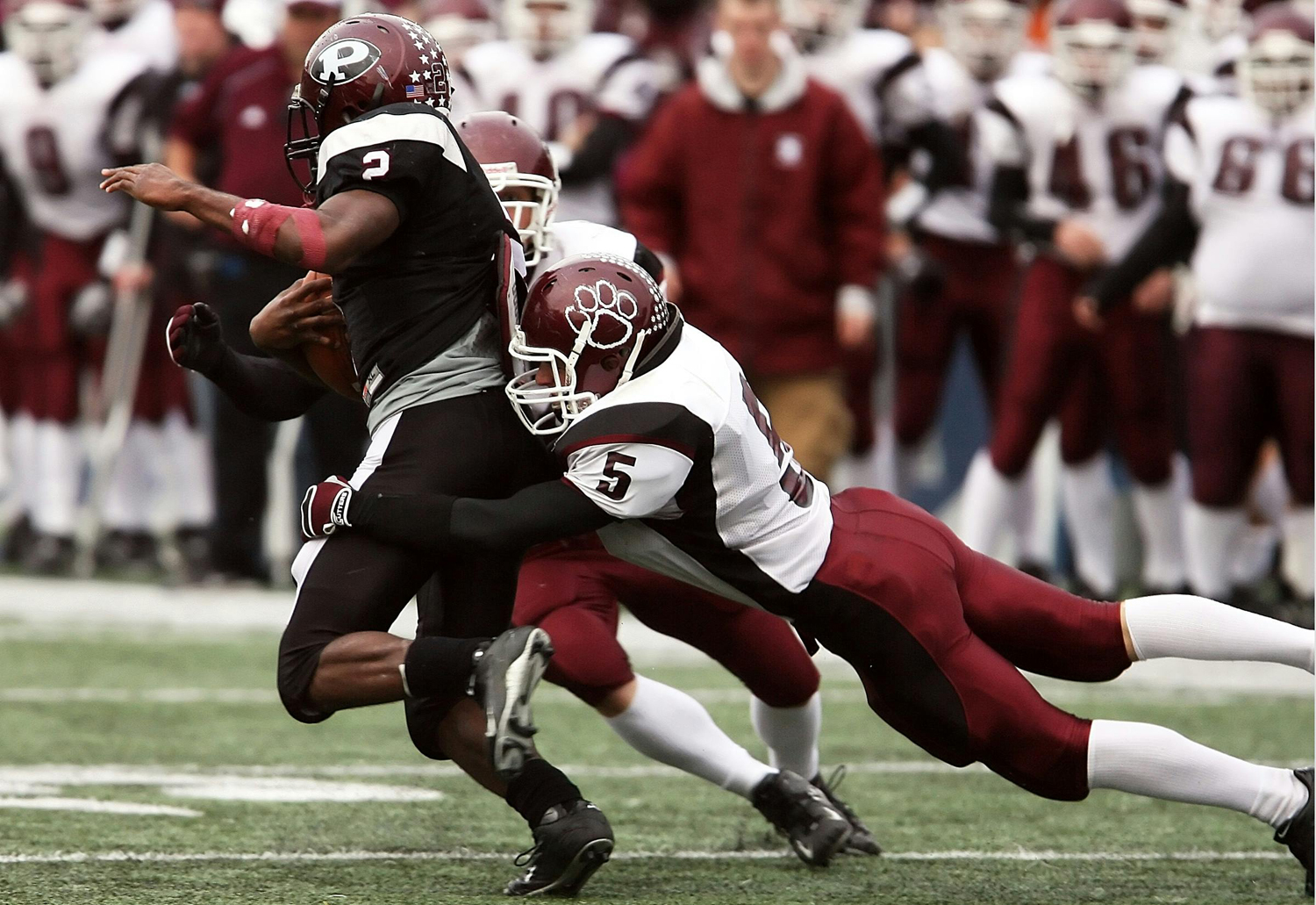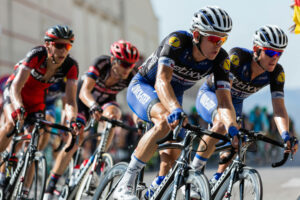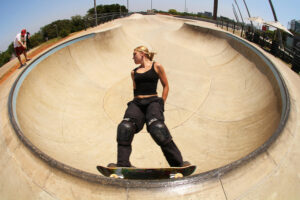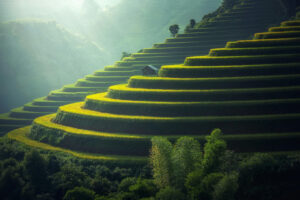What Camera to Buy for Wildlife Photography
What Camera to Buy for Wildlife Photography?
Choosing the right camera for wildlife photography can feel daunting, but the key is to find a camera that excels in a few critical areas. Unlike other genres of photography, wildlife demands specific features to capture fast-moving, often distant, and unpredictable subjects. The good news is that with the rapid advancements in camera technology, there are excellent options available for every budget and skill level.
Here’s a breakdown of the most important camera features to consider and some of the top-rated models on the market today.
Essential Camera Features for Wildlife Photography
1. Fast and Accurate Autofocus (AF)
This is arguably the most crucial feature for a wildlife photographer. Animals move quickly and unpredictably, and a slow autofocus system will result in missed shots. Look for cameras with a robust, intelligent autofocus system that can detect and track your subject, especially features like animal or bird eye-detection and tracking. Modern mirrorless cameras from brands like Nikon, Canon, and Sony have set a new standard here, often using AI to predict a subject’s movement.
2. High-Speed Burst Rate
The “decisive moment” in wildlife photography, like a bird taking flight or a predator chasing its prey, can be over in a flash. A high-speed continuous shooting mode, also known as a burst rate, allows you to capture multiple frames per second, significantly increasing your chances of getting the perfect shot. For beginners, a camera with a burst rate of 10 fps or more is a great start, but professional-grade cameras can reach 30, 40, or even 120 fps.
3. Sensor Size and Resolution
Your camera’s sensor size is a critical factor in image quality and performance.
- Full-Frame Sensors: These larger sensors excel in low-light conditions, providing superior image quality and dynamic range. They are ideal for high-resolution images and offer more detail, which is beneficial for heavy cropping.
- APS-C (Crop) Sensors: These smaller sensors have a “crop factor,” which effectively multiplies the focal length of your lens. This is a huge advantage for wildlife photographers as it gives you more “reach” without needing a longer, heavier, and more expensive lens. While they may not perform as well in extreme low light as their full-frame counterparts, many modern APS-C cameras have excellent low-light capabilities.
4. Low-Light Performance
Wildlife is often most active at dawn and dusk, when the light is low. A camera with good low-light performance allows you to use a higher ISO setting to maintain a fast shutter speed without introducing excessive noise into your images. The latest cameras from all major brands have made significant strides in this area, making high ISO settings more usable than ever.
5. Weather Sealing and Ergonomics
Wildlife photography takes you outdoors, often in less-than-ideal conditions. Weather sealing protects your camera from dust and moisture, ensuring its reliability. Additionally, consider the camera’s weight and ergonomics. If you plan to hike long distances, a lighter setup might be more beneficial, and a comfortable grip is essential for long days in the field.
Summary
In essence, the right camera for wildlife photography is a fast, intelligent, and robust piece of equipment. It needs to keep up with the unpredictability of nature, from an incredible burst rate like the Sony A9 III to a sophisticated autofocus system with subject tracking. Image quality is supported by both sensor size and a camera’s ability to handle low-light situations. Finally, the camera’s design should be ergonomic and durable enough to withstand the environment. By focusing on these core features—speed, image quality, and durability—you can find a camera that will empower you to capture the wild in all its breathtaking glory.
What Camera to Buy for Wedding Photography
What Camera to Buy for Wedding Photography?
Wedding photography is a high-pressure genre that demands versatility, reliability, and the ability to capture a wide range of moments, from the quiet intimacy of a vow exchange to the chaotic energy of a dance floor. There are no second chances on a wedding day, so your camera must be a tool you can trust implicitly. This article will guide you through the essential features to look for in a camera for wedding photography, focusing on what matters most when capturing a couple’s most important day.
Unmissable Moments: Essential Camera Features
The camera you choose for a wedding will be your most important piece of gear. It needs to excel in a wide variety of situations and provide the peace of mind that every shot will be captured.
- Low-Light Performance: A wedding day spans from bright daylight to a dimly lit reception hall. A camera with excellent low-light capabilities is paramount. This means a larger sensor that can gather more light, a high native ISO range, and the ability to produce clean, usable images with minimal digital “noise” at high ISO settings. A camera that can handle these challenges will give you more flexibility and creativity in any lighting condition.
- Autofocus System: You cannot afford to miss focus. A wedding day is full of moving subjects, and a fast, accurate, and reliable autofocus system is non-negotiable. Look for cameras with advanced subject detection, particularly for faces and eyes. The ability of the camera to lock on and track a subject in motion, whether they are walking down the aisle or dancing at the reception, is a critical feature.
- Dual Memory Card Slots: This is a professional-grade feature that provides an essential safety net. A camera with dual card slots allows you to write your images to two cards simultaneously. In the event that one card fails or becomes corrupted, you have an immediate backup. For a wedding, where every moment is irreplaceable, this feature provides invaluable peace of mind.
- Silent Shooting: The ceremony is a solemn and quiet part of the day. The loud “clack” of a mechanical shutter can be a major distraction. Many modern mirrorless cameras offer a silent shooting mode using an electronic shutter. This allows you to capture candid and emotional moments without disrupting the moment, making you a more discreet and welcome presence.
- Battery Life and Ergonomics: Wedding days are long, often lasting 8 to 12 hours or more. A camera with a long-lasting battery is a huge advantage, as is the ability to easily swap batteries on the fly. The camera’s ergonomics, or how it feels in your hand, are also important, as you’ll be holding it for a long time.
The Importance of Lenses and System
While the camera body is the heart of your kit, the lenses are your eyes. For wedding photography, you’ll need a versatile selection of lenses to capture everything from wide-angle shots of the venue to intimate portraits. A fast prime lens with a wide aperture is a must-have for creating beautiful, shallow depth-of-field images in low light. A professional zoom lens with a constant wide aperture can also be a workhorse, allowing you to capture a variety of shots without changing lenses.
When choosing a camera, consider the entire system. Look at the range of lenses available for the system you are considering and the cost of both the body and the lenses. A camera system with a wide and affordable range of high-quality lenses will be a better long-term investment.
Summary: Your Guide to Capturing the Big Day
Selecting a camera for wedding photography is a serious decision that requires careful thought. You need a camera that can handle a wide range of lighting conditions, has a fast and reliable autofocus system, and provides the peace of mind of a dual memory card slot. A silent shutter and good battery life are also essential for navigating the long and emotional day. The most important thing is to choose a tool that you are confident with, as confidence in your gear is essential when you’re capturing one of the most important days of a person’s life.
What Camera to Buy for Street Photography
What Camera to Buy for Street Photography?
Street photography is an art form defined by spontaneity, observation, and a certain degree of discretion. The best street photographs are often captured in a split second, requiring the photographer to be ready at all times. The ideal camera for this genre is not necessarily the most technologically advanced, but rather a tool that is an extension of the photographer—compact, fast, and unobtrusive. This article will explore the features that matter most for street photography and help you find a tool that empowers your creative vision on the streets.
The Unobtrusive Tool: Essential Camera Features
The right camera for the street is one that disappears, allowing you to blend in and capture moments as they unfold naturally.
- Compact Size and Discreet Design: A large, professional camera with a huge lens can draw unwanted attention and make people uncomfortable. The best street photography cameras are small, lightweight, and easy to carry for long periods. A camera with a discreet, vintage-inspired design can also be less intimidating to the public.
- Silent Shutter: A quiet camera is crucial for candid photography. A loud mechanical shutter can break the spell of a moment and cause subjects to react, ruining a potentially great shot. Many modern mirrorless cameras offer a silent electronic shutter mode, which is a major advantage for blending into the background.
- Fast Autofocus: While some street photographers prefer to use manual focus, a fast and reliable autofocus system is invaluable for capturing fleeting moments. Look for a camera with an autofocus system that is responsive and accurate, so you can raise the camera and get a sharp shot instantly.
- Tilting Screen: A tilting or articulating screen allows you to shoot from unique angles—down low or up high—without having to lie on the ground or stand on a chair. This can help you capture a different perspective and remain more discreet, as you don’t have to hold the camera to your eye.
- Ergonomics and Simplicity: The camera’s ergonomics, or how it feels in your hand, are important for all-day shooting. Street photographers often value a simple, direct shooting experience with dedicated dials for shutter speed and aperture, which can help them make quick adjustments without diving into menus.
The Lens as Your Eye
For street photography, the lens you choose is arguably more important than the camera body. Many street photographers prefer a fixed-focal-length lens (a prime lens) rather than a zoom lens. A prime lens with a focal length equivalent to 35mm or 50mm is a popular choice, as it provides a field of view that is close to the human eye. The simplicity of a prime lens forces you to “zoom with your feet” and get closer to your subject, which can lead to more engaging and personal photographs.
When making your decision, consider the lens system. A camera with a wide and affordable range of compact prime lenses will be a great long-term investment.
Summary: Your Urban Explorer’s Tool
Choosing a camera for street photography is a deeply personal decision that should be based on your individual style and preferences. The key is to find a camera that is discreet, fast, and comfortable to use. Look for a compact body with a silent shutter and a responsive autofocus system. By focusing on these features and pairing your camera with a high-quality prime lens, you will have a powerful tool that allows you to capture the dynamic and unpredictable world of the street.
What Camera to Buy for Sports Photography
What Camera to Buy for Sports Photography?
The world of sports photography is all about capturing the peak of the action in a fraction of a second. Whether it’s a child’s first football game or a professional motor race, the challenge is to freeze motion, track fast-moving subjects, and do it all with a camera that can keep up. Unlike other genres where you have time to set up your shot, sports photography demands a camera that is fast, responsive, and reliable. This article will guide you through the essential features to look for when making your decision, focusing on what truly matters for capturing dynamic action.
The Need for Speed: Essential Camera Features
In sports photography, speed is everything. Your camera’s ability to capture a fleeting moment can be the difference between a great shot and a missed opportunity.
- Autofocus Performance: This is the most critical feature for any sports photographer. You need a camera with an autofocus system that is not only lightning-fast but also intelligent. Look for a system with a large number of focus points that cover a wide area of the sensor. The camera’s ability to lock onto and track a moving subject is paramount. Modern camera systems often have advanced subject detection, such as face and eye tracking, which can be a game-changer for keeping a subject in sharp focus as they move across the frame.
- Continuous Shooting Speed (Burst Rate): Action happens in the blink of an eye. A high continuous shooting speed, measured in frames per second (fps), increases your chances of capturing that perfect, decisive moment. A camera that can shoot at 10 fps or more is highly desirable. This allows you to fire off a rapid sequence of shots, giving you more options to choose from. While some cameras use a mechanical shutter for this, many modern cameras use a silent electronic shutter, which can achieve even higher speeds and is perfect for situations where you need to be unobtrusive.
- Shutter Speed: To freeze a fast-moving subject, you need a fast shutter speed. This is a fundamental concept in sports photography. Look for a camera with a mechanical shutter that can achieve speeds of at least 1/1000th of a second, with 1/4000th or 1/8000th being even better for extreme action. The ability to use a high-speed electronic shutter can also be a significant advantage.
- Low-Light Performance (ISO): Not all sports are played in bright daylight. A camera with good low-light performance is essential for shooting indoors or at night. A camera with a larger sensor and a high native ISO range will produce cleaner images with less digital “noise” when you have to increase the ISO to achieve a fast shutter speed in poor lighting conditions.
- Ergonomics and Durability: A sports photographer often spends a long time on the sidelines, so the camera’s ergonomics are important. It should feel comfortable and balanced in your hands, especially when paired with a large telephoto lens. A weather-sealed and durable body is also a major consideration, as it will protect your investment from rain, dust, and the occasional bump.
The Role of Lenses and System
While the camera body provides the engine, the lens is your vehicle for capturing the shot. The right lens is just as important as the right camera body. For sports photography, you will often need a telephoto zoom lens to get close to the action from a distance. A lens with a wide, constant aperture is ideal, as it allows more light into the camera and provides that beautiful, blurred background effect.
When choosing your camera, consider the entire system. Look at the range of lenses available for the system you are considering, and how much they cost. A system with a good selection of high-quality telephoto lenses will be a better long-term investment than a camera body alone.
Summary: Your Action-Packed Camera Choice
Choosing a camera for sports photography is all about prioritizing performance. Focus on a camera with a fast and intelligent autofocus system, a high continuous shooting speed, and excellent low-light performance. The ability to shoot at fast shutter speeds is non-negotiable for freezing action. Remember to consider the entire system, including the range of available lenses, as the lens will have a major impact on your final images. By prioritizing these key features, you’ll be well-equipped to capture the thrilling, fast-paced world of sports.
What Camera to Buy for Landscape Photography
What Camera to Buy for Landscape Photography?
Landscape photography is a genre defined by patience, an appreciation for light, and an unwavering desire to capture the world’s natural beauty in breathtaking detail. Unlike fast-paced genres, a landscape photographer has time to think, compose, and make deliberate choices. The ideal camera for this pursuit is one that prioritizes image quality, resolution, and the ability to withstand the elements. This article will guide you through the key features to consider, helping you find a tool that empowers your creative vision without mentioning any specific models.
The Pursuit of Detail: Essential Camera Features
The best camera for landscapes is a tool that allows you to capture the scene with the utmost fidelity. The following features are paramount.
- High Megapixel Count: More megapixels mean more detail. For landscape photography, where you are often capturing a vast scene with intricate textures, a high-resolution sensor is a huge advantage. It allows you to create large prints and gives you the flexibility to crop your images without a significant loss of quality. A camera in the 24MP to 60MP range will give you plenty of flexibility.
- Wide Dynamic Range: Dynamic range is a camera’s ability to capture detail in both the brightest highlights and the deepest shadows of a single image. This is a critical feature for landscapes, as you are often shooting scenes with a wide range of light, such as a bright sky and a dark foreground. A camera with good dynamic range will give you more flexibility to recover detail in post-processing and create a more balanced image.
- Weather-Sealing and Durability: Landscape photography often takes you to places with unpredictable weather, from dusty deserts to damp forests. A camera with robust weather-sealing and a durable build is a major asset, as it will protect your investment from dust, moisture, and the occasional bump.
- Live View and Articulating Screen: Landscape photographers often use a tripod and a slow shutter speed. Live View, which allows you to compose your shot on the camera’s screen, is a huge convenience. An articulating or tilting screen takes this a step further, allowing you to compose your shot from low or high angles without straining your back.
- In-Body Image Stabilization (IBIS): While a tripod is a landscape photographer’s best friend, there are times when you can’t or don’t want to use one. IBIS helps to reduce camera shake, allowing you to shoot at slower shutter speeds handheld and still get a sharp image.
The Importance of Lenses and System
The lens you choose is as important as the camera body itself. For landscape photography, you will often use a wide-angle lens to capture the grandeur of a scene. A high-quality wide-angle lens that is sharp from corner to corner is a great investment. While autofocus and continuous shooting speed are not as critical for landscape photography, the image quality of the lens itself is paramount.
When choosing your camera, consider the entire system. Look at the range of lenses available for the system you are considering, as a camera system with a good selection of high-quality wide-angle and telephoto lenses will be a better long-term investment.
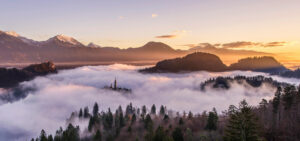
Summary: Your Grand Vista Captured
Choosing a camera for landscape photography is a journey in itself. Your ultimate choice should be based on your commitment to the craft and your budget. Focus on a camera with a high-resolution sensor, excellent dynamic range, and a durable, weather-sealed body. The most important thing is to remember that the camera is a tool. The real art of landscape photography is in your ability to see the light, compose the scene, and patiently wait for the perfect moment. The right camera is simply the one that helps you achieve that vision.
